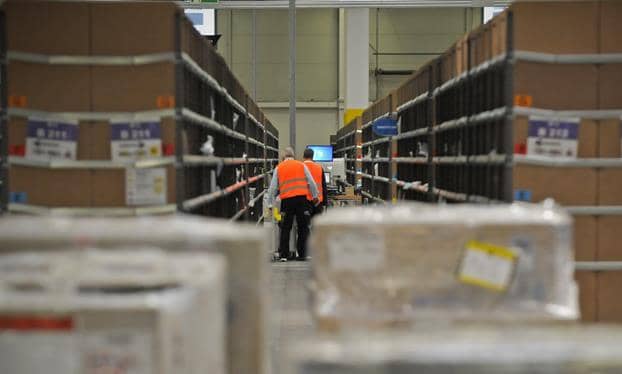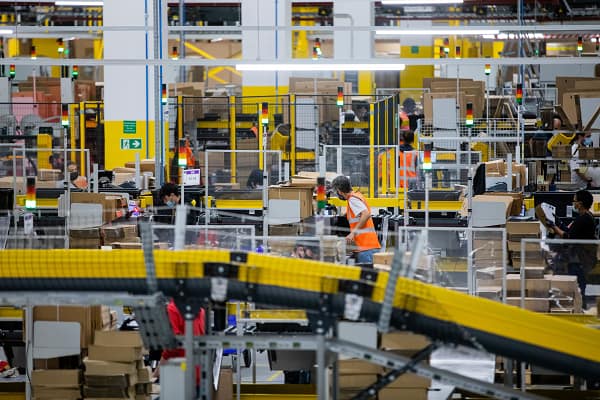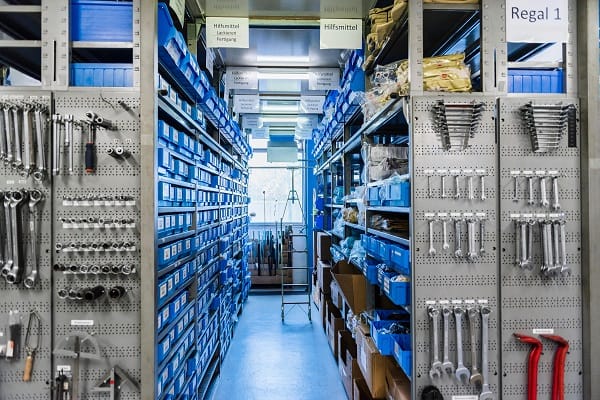The logistics industry is evolving at a rapid pace, in multiple areas. As a result, it’s hardly surprising that the space that lies at the heart of the whole process – the warehouse – is also undergoing a number of changes.
While there are multiple benefits to automated loading systems, one that’s definitely worth looking into is safety. From reducing the need for large machinery to minimising human interaction with an often fast-paced, volatile environment, here are some of the most significant ways in which automation can make your warehouse a safer place.
No lifting-related injuries
As many people will know, lifting things can be a surprisingly dangerous task for humans to carry out. So dangerous in fact that HSE found that in 2019-20, manually lifting things accounted for 20% of non-fatal injuries in the workplace. That number is likely significantly higher in warehouse environments.
When warehouses are automated, all the lifting is done automatically by machines. This means that you massively increase worker safety, essentially eliminating the primary cause of injury in the workplace.
Eliminate the need for forklifts
Forklifts are one of the most dangerous hazards commonly found in workplaces, causing 1 in 5 workplace fatalities. While driver training and optimised warehouse layout can help to minimise forklift accidents in the warehouse environment, it’s virtually impossible to eliminate the risk posed by forklifts entirely, without getting rid of the forklifts themselves.
Luckily, that’s what warehouse automation does. Every step of the process can be carried out without the need for dangerous vehicles like forklifts, thereby minimising the risk of serious injury or even fatality. Industrial vehicles will always be a significant threat to human safety – where possible, employers should try to eliminate or decrease their usage.
Fewer people in general
In ‘conventional’ warehouse environments, the driving force behind everything is people. When you have more people in a space, the risk of injury or ill health also increases – it’s simple maths. If you can have fewer people working in the same space, they’re less likely to come into contact with one another, and the overall chances of someone getting hurt decrease.
Warehouse automation can significantly reduce the size of the human workforce. By taking over a wide range of basic and often quite dangerous functions, automated machinery can ensure that there are fewer people around, and thus fewer people who can get hurt.
Minimise accidents
You can have the most skilled workers possible, with the highest level of training, but as long as they’re human, there’s still a chance for human error. Automation significantly reduces the probability that human error will result in injury, which also reduces the probability that stock will be damaged – a win-win situation.
While the upfront costs of warehouse automation may be significant, businesses can see a complete ROI in as little as three years. From boosting productivity to minimising injury, if you haven’t already, it’s worth reaching out to a team of automation specialists to see what sort of solution your business could benefit from.





Leave a Comment